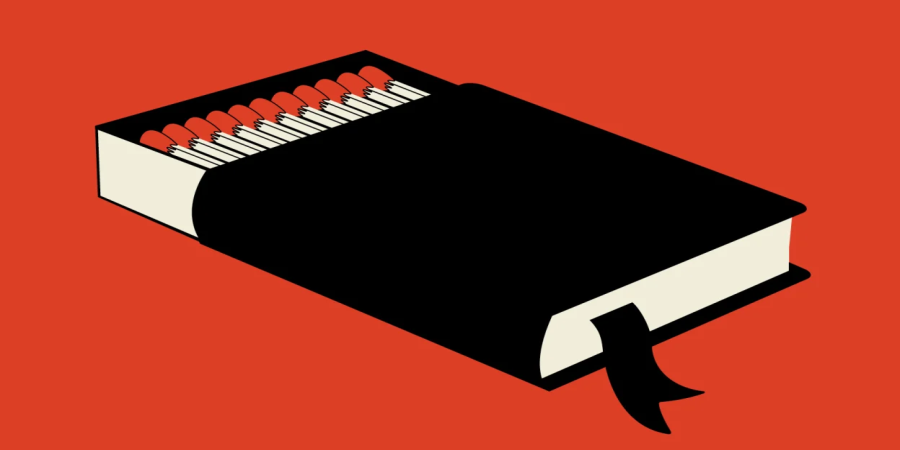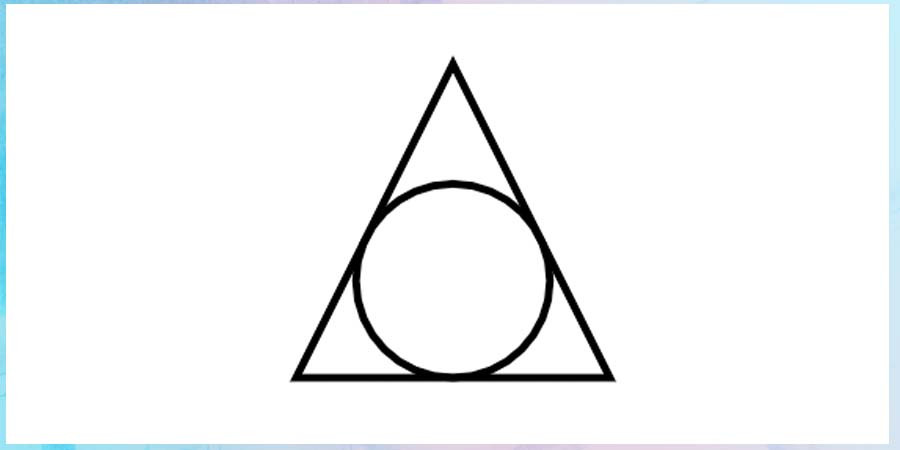

Fahrenheit 451: Exploring the Differences Between Book and Film
Ray Bradbury's dystopian masterpiece, "Fahrenheit 451" explores the chilling consequences of a world where books are outlawed, and critical thinking is suppressed. Firemen exist not to quench flames, but to ignite them—burning any trace of literature they discover. The 1966 film adaptation directed by François Truffaut provides a visual interpretation of this iconic novel. While the film remains mostly faithful to Bradbury's work, it introduces some subtle and impactful deviations.
Key Departures
-
Clarisse McClellan's Fate: In Bradbury's novel, free-spirited Clarisse meets an untimely demise, hit by a speeding car. Her death serves as a pivotal point for Montag, highlighting the fragility of a life that embraces individuality and thought. In the film, Clarisse survives and escapes with Montag. This change arguably lessens the emotional weight of Montag's rebellious actions and the risks associated with defying society.
-
Montag's Wife: Mildred: Mildred, in the book, is deeply entrenched in a superficial, technology-obsessed world. Her emptiness and disconnectedness propel Montag's quest for meaning. The film, however, casts a single actress (Julie Christie) to portray both Mildred and Clarisse. This choice arguably blurs the contrast between the mindless conformity Mildred stands for and the vibrant curiosity Clarisse embodies.
-
Faber: An Omitted Guide: Professor Faber, a retired English professor, plays a crucial role in the novel. He mentors Montag, igniting his intellectual rebellion. The film omits Faber's character entirely, removing a source of knowledge and support for Montag in his journey.
-
The Mechanical Hound: A Symbol of Menace: This terrifying, spider-like creature functions as a tool of the oppressive government in the novel, injecting a sense of paranoia. While it features in the film, its representation lacks the same level of visceral fear as it holds in the book.
-
The War: A Subtle Backdrop: Bradbury alludes to an ongoing war that shadows the society in the novel – a war waged with minimal public knowledge or impact. The film largely ignores this aspect, potentially diminishing commentary on the desensitization of this dystopian world to violence.
Beyond Adaptation
François Truffaut's film captures the essence of Bradbury's world: the omnipresent parlor walls (giant TV screens), the mindless chatter, and the burning of books. Yet, some alterations made serve to soften the impact of the novel's bleak vision. While these changes might reflect technical and storytelling constraints of the period, they undeniably alter the narrative's emotional landscape and the weight of certain themes.
Examining the differences between the book and the film offers an opportunity to dissect the challenges of artistic adaptation. It also reveals the subtle ways that filmmakers can shift interpretations of a literary work.
References
- Bradbury, Ray. Fahrenheit 451. Ballantine Books.
- "Fahrenheit 451" (1966 Film). Directed by François Truffaut.
- SparkNotes: Fahrenheit 451: Movie Adaptations: https://www.sparknotes.com/lit/451/movie-adaptations/
Let me know if you'd like any additions or changes to the tone or specifics of the blog post!
Popular articles

Apr 11, 2024 07:40 PM

May 25, 2024 08:09 PM

Apr 11, 2024 07:22 PM

Apr 10, 2024 07:59 PM

Mar 14, 2024 07:53 PM
Comments (0)